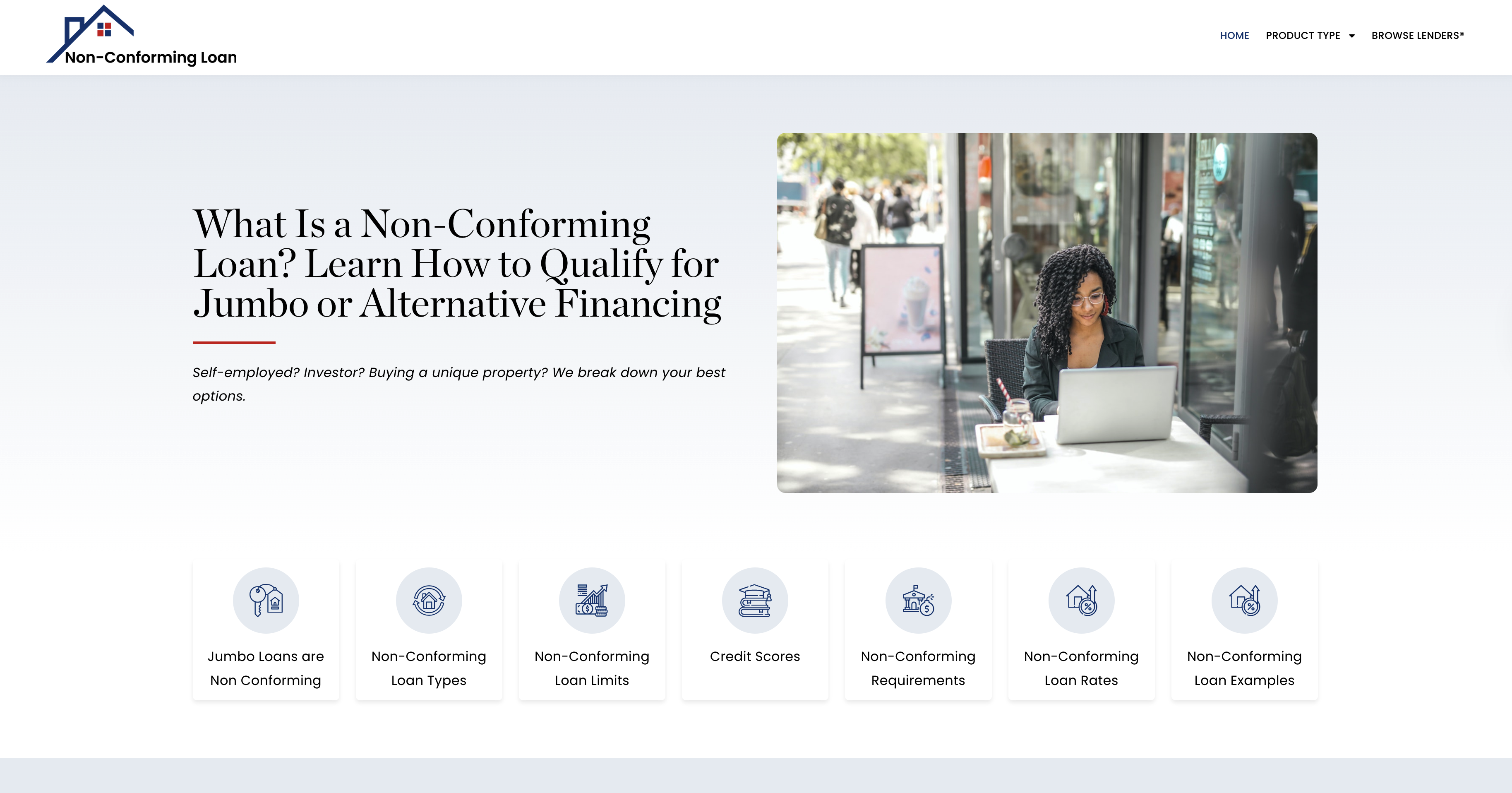Case Study: From 19% to 12%—How One Borrower Slashed Their Credit Card APR
Michelle Alvarez, a 32-year-old marketing consultant from Atlanta, Georgia, had been carrying balances on two major credit cards for over four years. When she first applied, her Middle Credit Score® was 615. Because of this score and a limited credit history, both credit card issuers placed her in the high-risk category and charged annual percentage rates (APRs) of 18.99% and 19.24% respectively.
Although Michelle consistently made her minimum monthly payments, her balances remained high due to interest accrual. Over time, she realized that despite paying over $350 a month between the two cards, only about $150 of that was going toward principal. She felt stuck in a cycle of debt, unable to make meaningful progress.
In mid-2023, Michelle made a decision: she was going to overhaul her credit behavior and reduce her APRs by qualifying for a rate-reduction request or a balance transfer. Her strategy was to improve her Middle Credit Score®, reduce her utilization rate, and build a compelling case to renegotiate with her lenders.
Steps Michelle Took:
- Aggressive Paydown Strategy: Michelle created a 90-day plan using the debt avalanche method. She increased her monthly payments from $350 to $500 by cutting discretionary expenses like streaming subscriptions, eating out, and shopping. Within two months, she had paid off $1,200 in balances, which dropped her credit utilization from 72% to 35%.
- Balance Consolidation via Personal Loan: At the start of month three, Michelle applied for a $4,000 personal loan through her credit union at an interest rate of 9.99%. She used it to pay off the higher-interest card entirely. This reduced her revolving debt and diversified her credit mix—positively impacting her score.
- On-Time Payments Across the Board: For the first time in years, Michelle automated all of her credit payments. With each month of consistent payment, her score climbed.
- Credit Report Audit: She reviewed all three of her credit reports and discovered an error in her TransUnion file showing a closed account as still delinquent. She disputed the account, submitted backup documentation, and successfully had it corrected—adding an immediate 12-point bump.
- Added Tradeline: Michelle became an authorized user on her father’s long-standing American Express card with a $15,000 limit and zero missed payments. The card’s age and low utilization helped stabilize her overall credit profile.
- Engaged Her Lenders: After 90 days of improvement, Michelle reached out to both card issuers. She provided them with updated credit score documentation, current balances, and a written request for a lower APR based on her new risk profile.
Results After 90 Days:
Michelle’s Middle Credit Score® rose from 615 to 683—a 68-point increase.
- Her primary credit card APR dropped from 18.99% to 12.49%.
- The second issuer offered her a temporary 12-month promotional rate of 0% on new purchases and a 3.99% balance transfer offer.
- Her monthly interest charges dropped by $82.
- She paid off an additional $800 in principal over the following three months due to reduced interest burden.
Unexpected Outcomes:
- Her credit union pre-approved her for a $5,000 line of credit at 9.25% APR.
- She negotiated a lower insurance premium by demonstrating her improved credit-based insurance score.
- She began using budgeting tools to track spending and improve financial visibility.
Long-Term Benefits:
- Michelle set a goal to pay off all card balances within 12 months.
- She planned to use her increased savings and reduced debt burden to start building a home down payment fund.
- Her improved credit standing allowed her to apply for a professional development certification using a 0% APR credit card, which she paid off within the promotional period.
What Michelle Learned:
Michelle realized that many borrowers don’t think to ask their lenders for a lower APR. But with documentation and preparation, many issuers are willing to lower rates, especially if they see reduced risk. She also learned that most of the power in negotiating credit lies in the borrower’s ability to show progress.
She gained confidence in understanding her score, disputing inaccuracies, and using the system strategically—skills she now teaches to her coworkers and family members.
Takeaway:
Michelle’s case shows that credit card APRs, while often fixed at account opening, aren’t unchangeable. By improving her score, paying strategically, and advocating for herself, she cut her APR by 7%, saving hundreds in interest and regaining control over her finances.
If you’re in a similar situation, take initiative. Audit your credit, pay down high-utilization accounts, and make your case. Often, your lender is willing to work with you—especially when you give them a reason to.
Middle Credit Score® Support Center
Browse Lenders® – Speak with a Lending Expert






